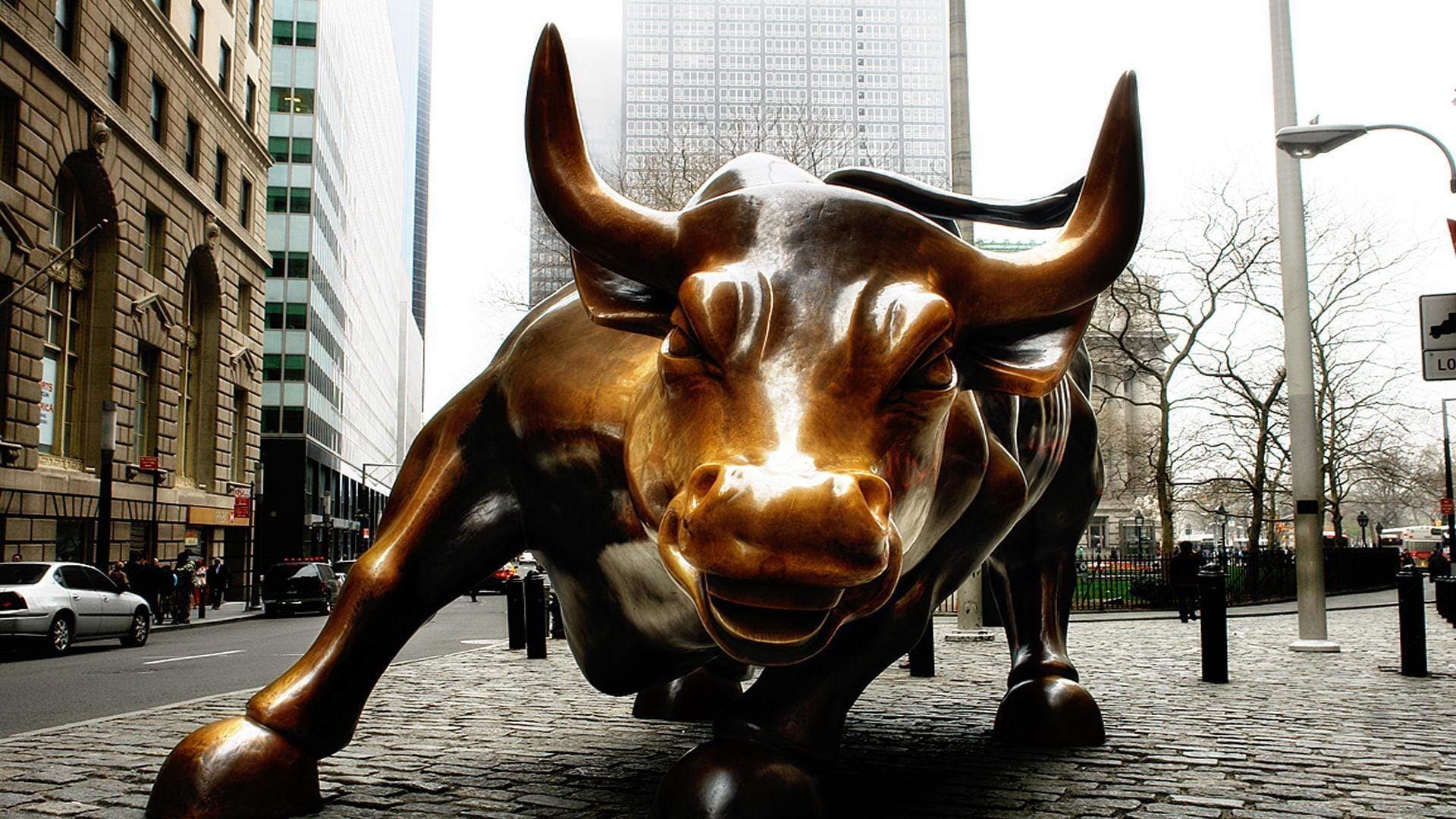The S&P 500 index, a key benchmark for the U.S. stock market, has seen an impressive rally over recent years, culminating in an estimated $18 trillion increase in market capitalization. This surge has been driven by a combination of factors, including robust corporate earnings, low interest rates, and a general sense of optimism surrounding economic recovery. However, as the landscape shifts with rising yields on U.S. Treasury bonds, the psychological impact on investors could pose significant challenges to the sustainability of this rally.
The relationship between bond yields and stock prices is a fundamental aspect of financial markets. Typically, when yields on government bonds rise, it can lead to a reallocation of capital as investors seek higher returns in fixed-income securities. This shift can create downward pressure on equities, particularly in a market that has become accustomed to low borrowing costs and abundant liquidity. The recent uptick in yields has sparked concerns among market participants, who are now weighing the implications for future growth and investment strategies.
One of the primary drivers of rising yields has been the Federal Reserve’s monetary policy adjustments. As the central bank signals a potential tightening of monetary policy to combat inflationary pressures, investors are recalibrating their expectations. The prospect of higher interest rates can lead to increased borrowing costs for companies, which may, in turn, affect their profitability and growth prospects. This uncertainty can create a ripple effect throughout the market, influencing investor sentiment and behavior.
Moreover, the psychological aspect of rising yields cannot be understated. Investors often react not only to the actual changes in yields but also to their expectations and perceptions of future economic conditions. As yields rise, there may be a growing fear of a potential market correction, prompting some investors to adopt a more cautious approach. This shift in sentiment can lead to increased volatility in the stock market, as participants reassess their risk tolerance and investment strategies.
The S&P 500’s recent performance has been characterized by a strong upward trajectory, driven by a select group of technology and growth stocks. However, as yields rise, the valuation of these high-growth companies may come under scrutiny. Investors often use discounted cash flow models to assess the value of future earnings, and higher yields can lead to a higher discount rate, reducing the present value of those earnings. This dynamic can create headwinds for growth stocks, which have been the primary contributors to the S&P 500’s rally.
In addition to the direct impact on stock valuations, rising yields can also influence sector performance within the S&P 500. For instance, sectors such as utilities and real estate, which are typically seen as bond proxies, may experience increased selling pressure as investors seek higher returns elsewhere. Conversely, financials may benefit from rising yields, as banks can earn more on their lending activities. This sector rotation can further complicate the overall market dynamics, as different segments of the index respond differently to changes in yields.
As the market grapples with the implications of rising yields, it is essential for investors to remain vigilant and informed. Monitoring economic indicators, Federal Reserve communications, and global market trends will be crucial in navigating this evolving landscape. Additionally, diversification and a long-term investment perspective may help mitigate the risks associated with short-term market fluctuations.
In conclusion, the S&P 500’s remarkable $18 trillion rally is now facing potential challenges from the psychological effects of rising yields. As investors reassess their strategies in light of changing economic conditions, the interplay between bond yields and stock prices will be a critical factor to watch. While the current rally has been impressive, the sustainability of this growth will depend on how effectively market participants adapt to the evolving landscape of interest rates and economic expectations.


